
On this page, about UT timekeeping and celestial navigation, monitoring the drift of your watch using a diary is crucial.
Here we deliberately simplify the theory of time scales (UT, UT1, UTC, GPS time). The goal is to provide enough understanding to keep accurate time for sextant sights on a cruising yacht, not to cover all astronomical timekeeping details.
The Nautical Almanac is based on UT1, but in practice you can use UTC (from radio or GPS) because it is kept within 0.9 s of UT1.
During a passage, it is not advisable to reset your watch every time you receive a shortwave time signal.
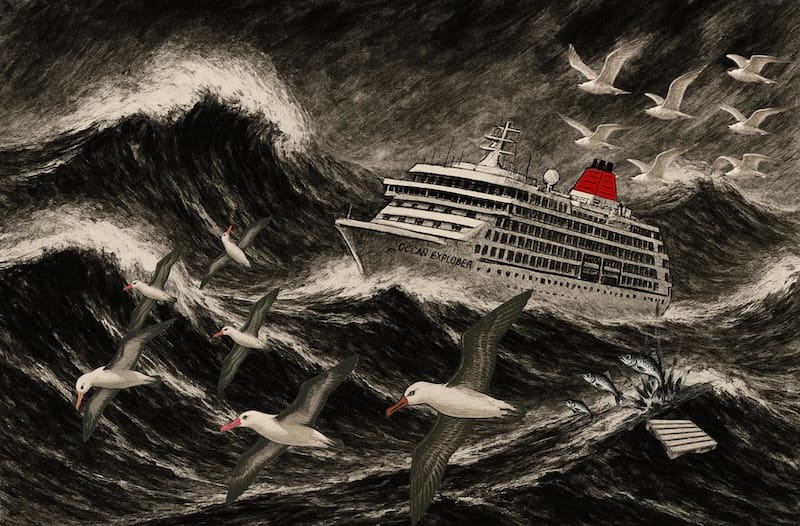
By keeping a watch-rate log (as shown later), you record the difference between the exact time and your watch’s indication whenever you receive a reliable signal. This enables you to determine the watch’s daily rate, which is usually quite steady.
When taking a sextant sight, you simply apply the appropriate correction based on this known rate. This gives you a reliable time for your calculations without ever needing to adjust the watch during the passage.

The primary focus of our website is to offer guidance on the precise calculation of the Line of Position (LOP) to find your way at sea.

UT Timekeeping and celestial navigation:
The diary
Firstly, here is an example to determine the drift of your watch
Using a quartz watch as a chronometer by determining its rate.
We tune the quartz watch to the correct time, preferably in UT, by comparing it to a known accurate time source, such as a shore-based observatory or a time ball dropped at a specific time each day.
Afterwards, we measure every few days, without touching it to find out how much this watch is fast or slow and we note in our diary.

Continuous Time Broadcast Since 1945.
The National Institute of Standards and Technology (NIST) operates the radio station WWV in the United States. Fort Collins Colorado
It has broadcast a continuous time signal since 1945, and implements United States government frequency standards, with transmitters operating on 2.5, 5, 10, 15, and 20 MHz.
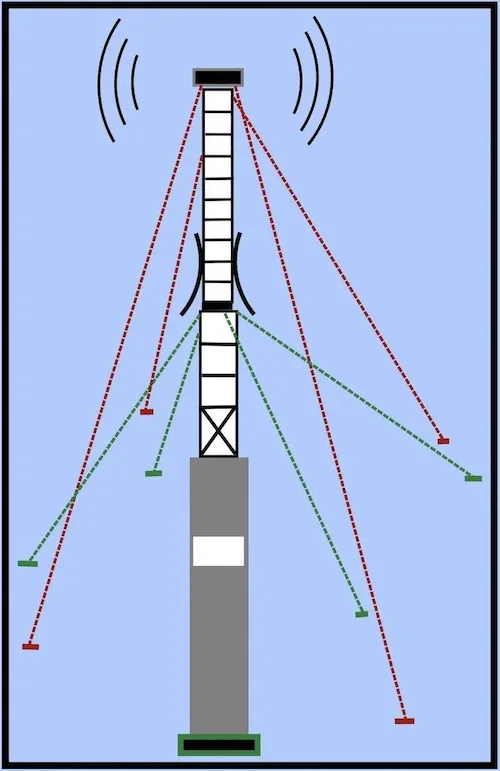
Listen to time signal on the WWV page !
UT Timekeeping and celestial navigation:
Correct time:
When using your smartphone’s GPS to compare with the time on your watch, please be aware that GPS time and UTC time may have a small difference between them.
Most modern GPS receivers and smartphone apps already convert GPS time to UTC internally, but a few may not – and some have a display lag of a second or two. For serious celestial navigation, verify your app against a radio time signal at least once.”
What is a quality watch?
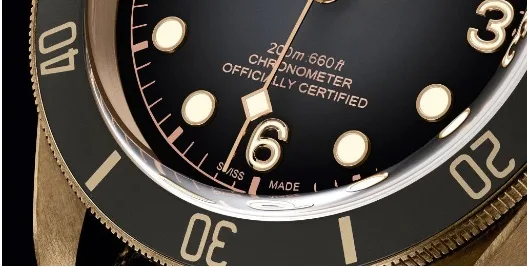

A standard quartz watch is typically accurate to about ±15 s per month. High-accuracy or COSC-certified quartz watches can reach ±5–25 s per year, and these can realistically serve as marine chronometers if their rate is known.
Official Chronometer Testing Institute (COSC).
Here you see the need to keep a diary with the evolution of your error over time.
And it is crucial to do this before beginning a crossing.
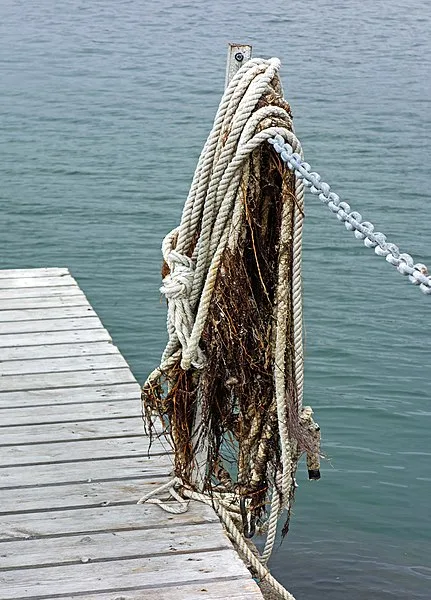
Drift of a chronometer
Mariners historically relied on chronometers to keep track of time at sea.
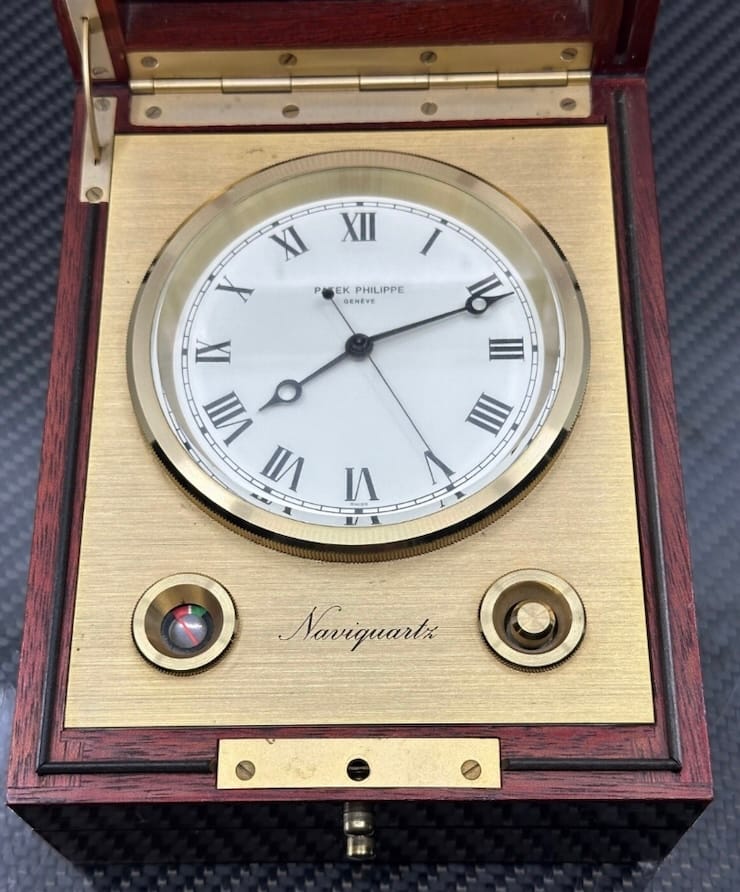
This is UTC kept on a 12-hour watch face, without specifying AM or PM!
Certainly, a chronometer is a highly accurate and precise timekeeping instrument designed to remain unaffected by the motion, temperature, and humidity experienced on board a ship.
Undoubtedly, the invention of the chronometer revolutionized navigation and greatly enhanced maritime safety.
Furthermore, here’s how mariners used chronometers:
Firstly, Setting the chronometer: Before setting sail, the chronometer had to be carefully and accurately set. This was typically done by comparing the chronometer to a known accurate time source, such as a shore-based observatory or a time ball dropped at a specific time each day.
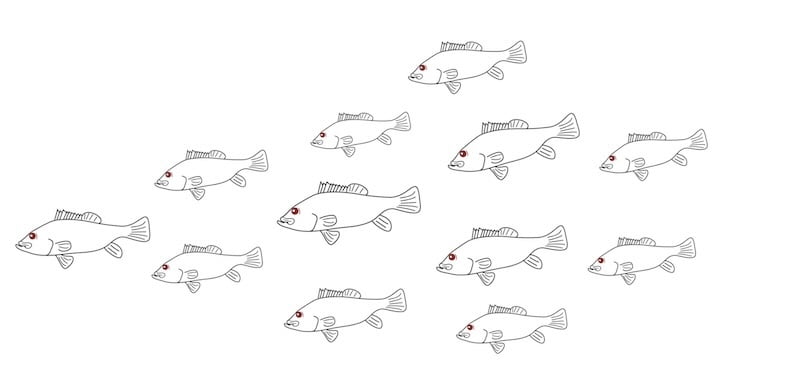
Drift of the chronometer:
Once set, mariners would regularly check the chronometer against a known accurate time source.
Finally, this would help them determine the rate at which the chronometer gained or lost time, allowing for corrections to be made.
To summarize, by carefully maintaining and referencing the chronometer, mariners could establish their position more accurately and navigate with greater confidence.
Of course, this, in turn, enabled safer and more efficient voyages over long distances.
